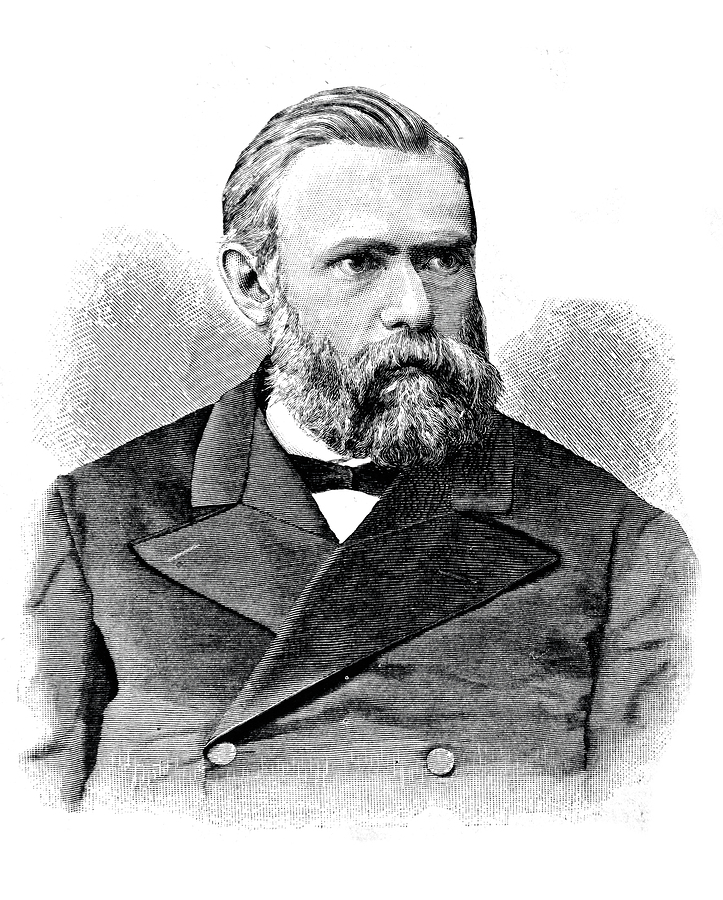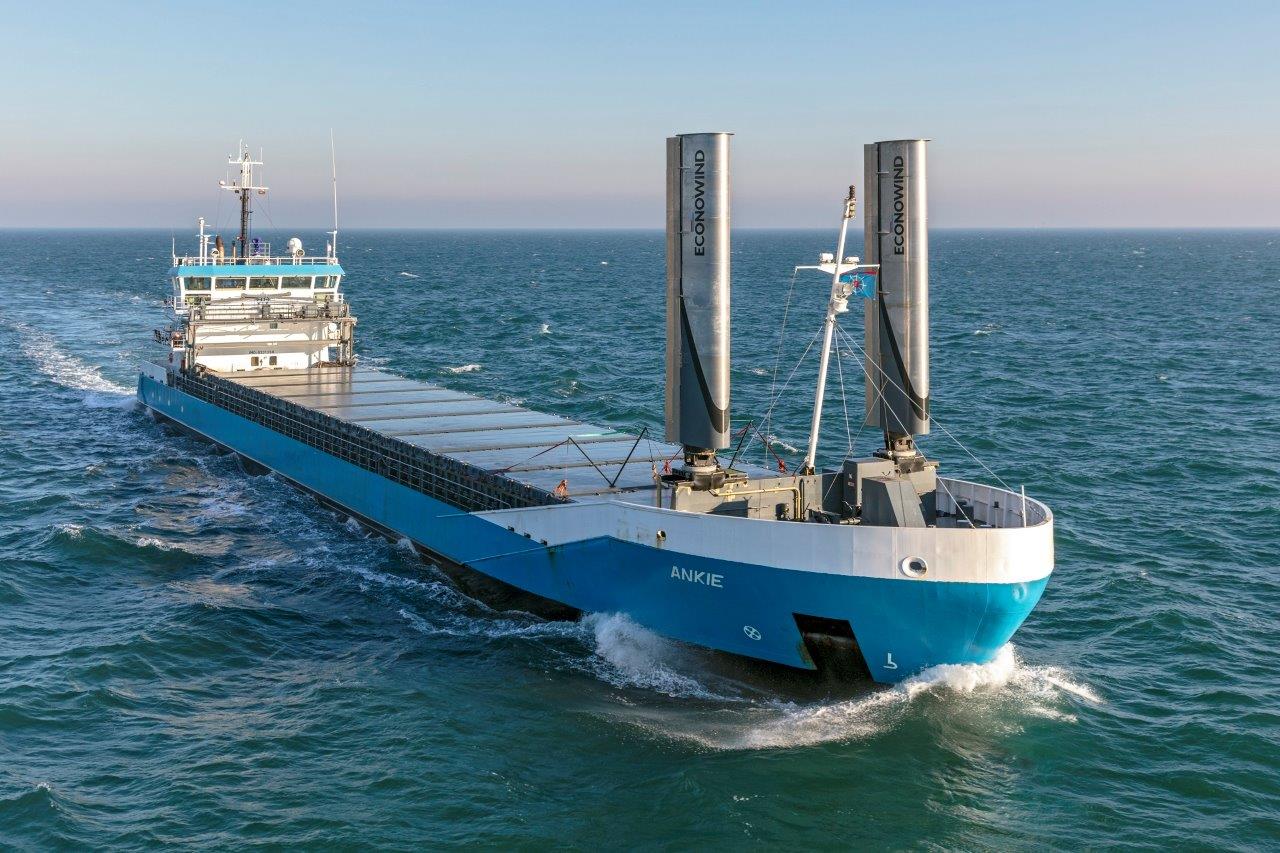By Craig Eason, Editorial Director, Fathom.World
As it’s summer I thought I would apply myself to some light reading and look specifically at some of the people who, throughout history, have been instrumental in shaping the maritime industry.
It started out as I was beginning to research for key people who are influencing shipping for our flagship Fleet Transformation conference.
I started looking at these names because we hear of names like Elon Musk and others that are shaping industrial society today, and I wanted to point out that this is nothing new. Innovation comes from the ideas of people, and it is the people with the courage to push forward with their ideas that need to be recognised along with their inventions or innovation.
If you are in shipping, you know the name of Malcom Mclean, the American behind the creation of containerisation, but there are some others. It was Mclean’s idea that commoditised trade and led, through rapid evolution to the behemoths we see today from the first sailing of SS Ideal-X in 1956. That’s a rapid growth in a little over 60 years.
Here’s how Ludvig Nobel, German inventor Rudolf Diesel, and Italian scientist Alessandro Volta played significant roles in evolving our industry.
In 1877 Russian/Swedish industrialist Ludvig Nobel, older brother of Alfred, with their company Branobel, designed and built what some see as the first tanker, the Zoroaster. The vessel, which uniquely was a fuel-oil powered steamship and built with a novel type of steel, had two cargo spaces, one forward and one aft of the engineroom, with the oil stored in 21 vertical cylindrical tanks. He built a number of such tankers, which included central bulkheads to help reduce stability issues, mostly for trade through the Baltic Sea and the Caspian. He is also cited as designing the forerunner of the modern cargo manifold utilising flexible loading pipes.
Some others believe the 1886-built Gluckauf was the first modern tanker, it was certainly the first one designed for ocean going service. The drive behind this was German industrialist Wilhelm Riedemann who formed the German-American Oil company, one of the founding companies of the Esso group. By 1891 Standard Oil had 70 coal-powered steam driven oil tankers.
Here I will throw in Rudolf Diesel, the German inventor who died mysteriouslyy in 1913 and whose engine desgin now bears his name. An avid inventor with an understanding of thermodynamics he began looking at engine designs to replace the inefficient steam engine.
He patented a design for a compression-ignition engine. His engines required no spark plug to ignite a fuel and air mix, but compressed the air and then injected the fuel, which also started to bear his name.
It was Diesel’s invention that led to Selandia, the first vessel to be powered by a compression engine fuelled by oil to make a epochal voyage from Denmark to Singapore and back in 1912.
By 1939 it is believed that a quarter of global sea trade was fuelled by diesel, with the engines becoming more powerful and efficient, allowing larger ships to support the growth of global trade. It is slightly ironic that Diesel’s patent for his first diesel engine had the machine running on peanut oil (yes, biodiesel) and other fuel sources and at the time of his death Diesel was said to be a big supporter of biofuels.
Alessandro Volta is the Italian inventor considered by many to be the father of electrical battery in 1799. However his storage device, known as a cell, was not rechargeable, nor were those of a number of other scientists who created power cells of increased power, and which often bore their names.
Gaston Planté invented the lead acid battery in 1859, the first battery that could be recharged. While being heavy they were useful in cars and boats. The dry cell battery (with no liquid electrolyte) was invented in 1866 by George Leclanche.
The nickel-cadmium alkaline battery was invented in 1899 by Sweden’s Waldemar Junger, who also invented the nickel-iron battery, which he failed to patent and was then picked up by Thomas Edison who patented it himself hoping (and failing) to kick start the future of the electric car.
Batteries evolved further when lithium ions were seen to have added potential regarding energy density. Experiments by American Gilbert N Lewis in 1912 led to new lithium batteries in the 1970’s, evolving through progressive developments into the lithium ion batteries that are now scalable enough to be used in maritime applications.
Another grandfather of industrial power packs is the wonderfully named John B Goodenough who is considered another key architect of the rechargeable lithium-ion battery
The Corvus storage system is made up of lithium Ion cells with nickel, manganese, and cobalt, the Leclanche systems, named after the inventor, uses similar lithium ion systems or ones with titanate oxide. Both companies are seeing expanded application in the maritime sector as hybrid power systems become more popular
My point is that the maritime sector has been littered with industrialists that have backed science, innovation and technology development, and while this period knwn by some as the fourth industrial revolution, may create significant change, it is unfair to say it has been as conservative as many think
There’s whole books on the subject of maritime and industrial innovation, and I’d recommend reading some, such as Shipping Innovation by Professor Niko Wijnolst
Fathom.World
The f-word blog aims to offer a personal opinion, from the Fathom Editorial team, of events and trends in the developing transformation of the shipping industry.
































